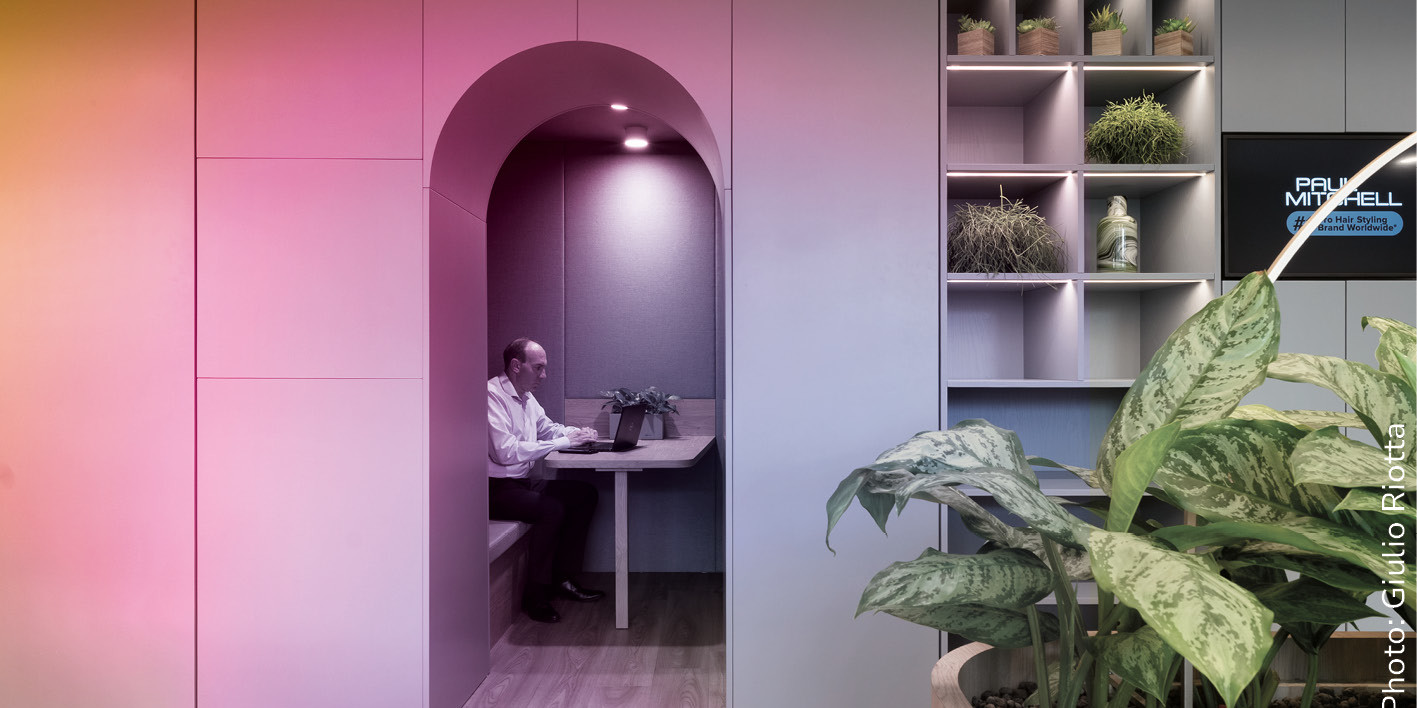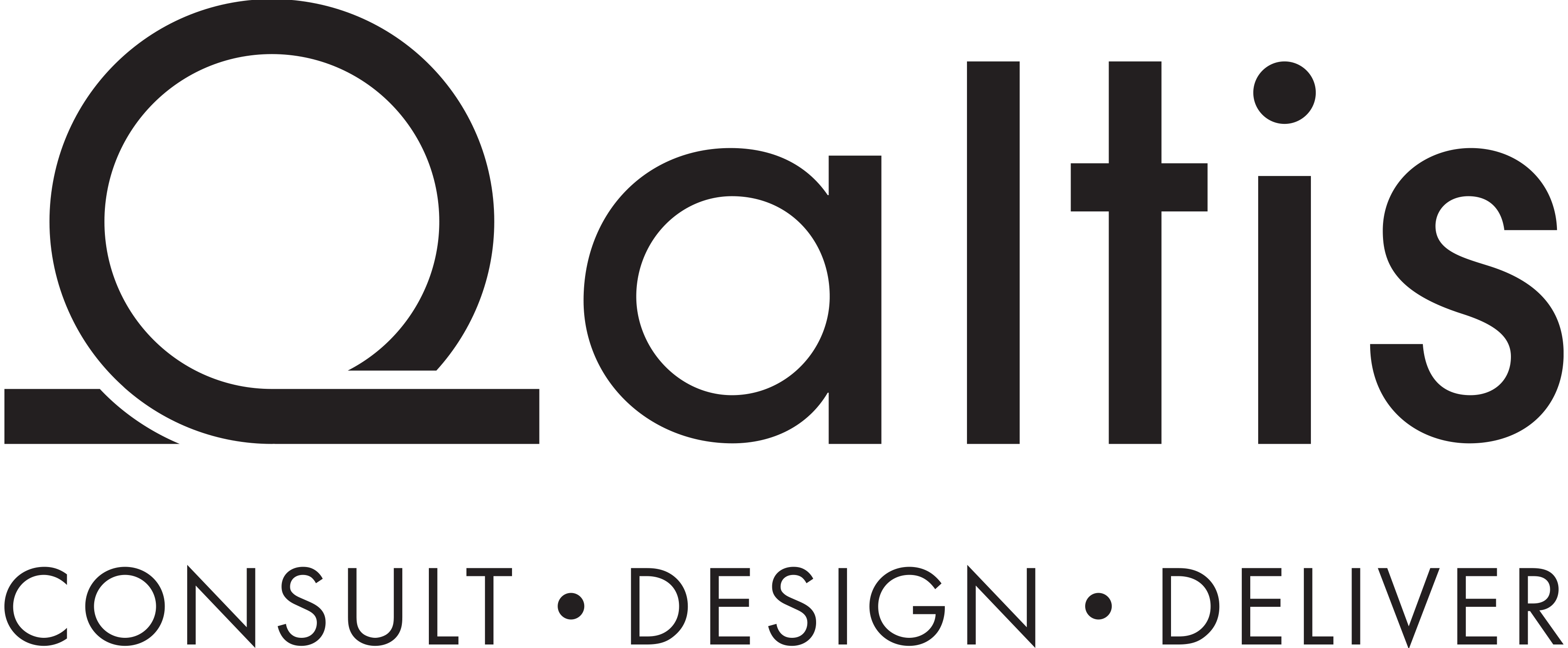Let’s start with an inconvenient truth: we spend more time at the office than in bed. And no, that’s not a modern metaphor. It’s a fact.
Yet while the way we work has morphed more times than Madonna in the ’90s, the way we design the spaces we work in has often stayed stuck in outdated models. That’s why Altis Research was born: to stop chasing LinkedIn trends and start observing work for what it really is. And what it could become.
A living lab, made up of architects, analysts, researchers, project managers—and yes, everyday people who step into offices. Our idea? To use science to improve the work experience. But without losing the right to lightness—because as Calvino said, “lightness is not superficiality; it’s gliding over things from above.” We take work seriously. But that doesn’t mean making it rigid. It means understanding what actually works, what stimulates the brain (and what shuts it down), what brings a team together, what lowers stress, and what sparks creativity.
We collect data and stories. We question ready-made ideas. The result is a growing platform of content, articles, insights and provocations that look at the workplace as it’s rarely been looked at before. No Monday-morning motivational quotes. No romanticising remote work as if wearing pyjamas were the answer to happiness. Altis Research is here to take a long, honest look at contemporary work: an observatory for those who design spaces, but also for those who inhabit them, endure them, or reshape them. Because our goal is not just to analyse work. It’s to rewrite it—with those bold enough to imagine it differently.

The workplace isn’t neutral (spoiler: it never was)
According to our data, nearly 90% of people believe their work environment directly affects their well-being. And not just in obvious ways. The routes we unconsciously take to the break area, the way we move around the office, the interactions we initiate—all these small choices say a lot about how we work (and live). Altis Research starts from a simple premise: you can’t design a space without observing the people who live in it. And we do so with rigour—interviews, biometrics, behavioural mapping—but also with a very human question: “How do you feel, in here?” From the study of behavioural patterns, we’ve uncovered some surprising insights: areas designed for collaboration often used for solitude; informal corners that become hotspots for spontaneous innovation. Because space speaks. And if we listen carefully, it can become an ally for well-being and performance. Altis also draws inspiration from the PERMA Model of positive psychology, which outlines five key dimensions of human flourishing: Positive Emotions, Engagement, Relationships, Meaning, and Achievement. Too many concepts? Maybe. But our goal is to make these not just desirable, but designable.
You can’t buy productivity in hourly bundles
No, we’re not becoming less productive. We’re just increasingly compressed.
Between notifications, deadlines and never-ending meetings, we forget that the brain isn’t a bicep to be trained—it’s a complex system that needs rest, variation and stimulation. And yet we insist on treating it like a calculator to be squeezed for every last neural impulse. The truth? Downtime isn’t wasted time.
It’s metabolic time. That’s why we explored the real benefits of unstructured spaces: environments where the absence of function is the function.
Downshifting, decompression, micro-pauses—call them what you like, but the fact remains: teams with access to informal areas report feeling clearer, more connected and less stressed. And no, it’s not just a design issue. It’s a rhythm issue. Or, as any jazz musician would tell you: it’s not just about the notes you play. It’s about the ones you leave out.
From research to dialogue: an interdisciplinary conversation
Let’s be clear: Altis Research doesn’t stop at good ideas on paper. On 21 March, during the Conscious Cities Festival at Triennale Milano, we brought these themes into open conversation with neuroscientists, architects, designers and philosophers during the event Regrounding: Reconnecting Bodies & Space.
An afternoon of bold questions and cross-pollination, which made visible (and tangible) what we’ve been seeing in the data for some time now: you can’t talk about space without talking about bodies, attention and perception.
Among the speakers, Dr Nicoletta Brancaccio—curator of the event and a key voice in the discussion around space as an empathetic and neurological interface.
A powerful reminder that the future of work isn’t just about efficiency.
It’s about presence, connection, and intentionality.
By now, you’ve probably guessed: we’re not here to offer convenient answers. We’re here to ask uncomfortable questions—with method, with irony, and with real curiosity. Because the way we work shapes the way we think, relate, and imagine the future. And as we emerge from years of rigid models and false narratives around productivity and disconnection, maybe it’s time to ask: What kind of work—and workplace—do we actually want to build, if work is where we spend most of our lives? Let’s find out. Together.


